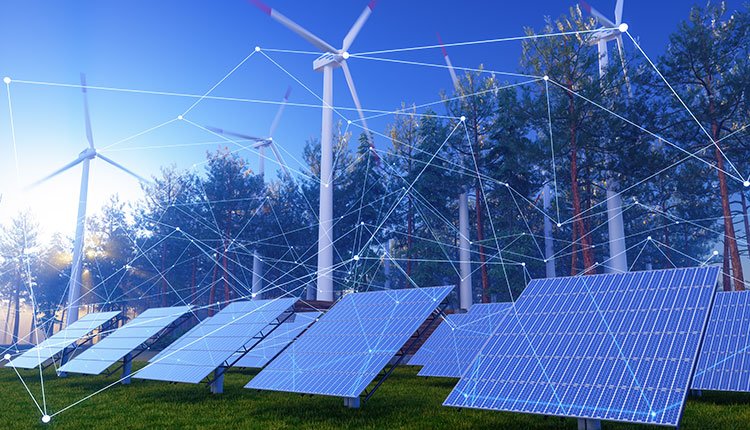
South America’s energy sector is multifaceted, reflecting its unique energy landscape and the growing demand for sustainable solutions. The use of virtual power plants (VPP) enables the integration of renewable resources and enhances grid resilience. They also serve in promoting economic efficiency and fostering environmental sustainability. They help move the region to a more decentralized and sustainable energy model. The virtual power plant market has grown significantly and is projected to increase from $2.35 billion in 2023 to $2.86 billion in 2024. The expansion attributes to renewable energy advancements, energy storage development, government incentives, and pilot projects. Virtual power plants have several significances, such as integration of renewable energy, grid resilience, and energy security. A line post insulator function in the development of virtual power plants in South America. They support the transmission and distribution of electricity to enhance the operation of virtual power plants.
A high-quality line post insulator ensures the stability of power lines to prevent sagging, which can lead to power outages. The insulator prevents electrical current from flowing to the support structure. Line post insulators also support the transmission of electricity from renewable energy sources. By doing so, they contribute to the growth of clean and sustainable energy in South America. Virtual power plants can lower energy costs by optimizing the use of available resources and reducing peak demand charges. VPPs enable demand response strategies, which allow consumers to adjust their energy use in response to price signals. This blog discusses the need for virtual power plants and how they impact South America’s energy sector. It also looks at the importance of a line post insulator in the development of virtual power plants in the region.
Significance of a line post insulator in the development of virtual power plants
A line post insulator is a crucial component in power transmission and distribution networks. It plays a crucial role in the development of virtual power plants in South America. Line post insulators play a crucial role in enhancing the reliability, resilience, and efficiency of power grids. This supports the development of VPPS by enabling better integration of renewable energy sources. T.hey also ensure a stable grid infrastructure. The following are the functions of line post insulators in virtual power plant development in South America.

- Reliable grid infrastructure—virtual power plants depend on the integration of many distributed energy resources. A line post insulator supports and insulated power lines to help prevent electrical faults and reduce power loss.
- Grid modernization and expansion—line post insulators contribute to the grid’s ability to support higher voltages and longer transmission distances. Countries like Brazil, Argentina, and Chile have renewable energy projects that need expanding.
- Renewable energy integration—integrating variable renewable energy sources into the grid is challenging. High-quality line post insulators helps manage the increased load and variable power flows. This is by ensuring the power lines withstand thermal cycling.
- Reducing maintenance and outages – reliable line post insulators help reduce maintenance requirements and reduce outage risks.
How virtual power plants impact South America’s energy sector
Virtual power plants have the potential to impact South America’s energy sector in several ways. This is by transforming how energy is generated, distributed, and managed. Virtual power plants impact renewable energy integration, grid stability, cost efficiency, energy decentralization, and support for off-grid communities. A line post insulator can withstand extreme conditions such as humidity, salt contamination, or high winds. The following are the impacts of VPPs on South America’s energy sector.

- Improved grid stability and resilience – VPPs enhance grid stability by distributing power from distributed energy resources. They can also dispatch stored energy from batteries or shift loads by improving the resilience of the power system.
- Cost saving – the plants optimize energy distribution and reduce the need for expensive peaking power plants. Consumers can enjoy reduced energy bills and help reduce transmission and distribution losses.
- Enabling demand response programs – VPPs can ease the implementation of demand response programs. Consumers can adjust their electricity usage in response to price signals or grid conditions.
- Reduction of carbon emissions – they allow the use of renewable energy and reduce the need for fossil fuels. VPPs contribute to lowering carbon emissions, especially in countries such as Chile that strive to reduce their carbon footprint.